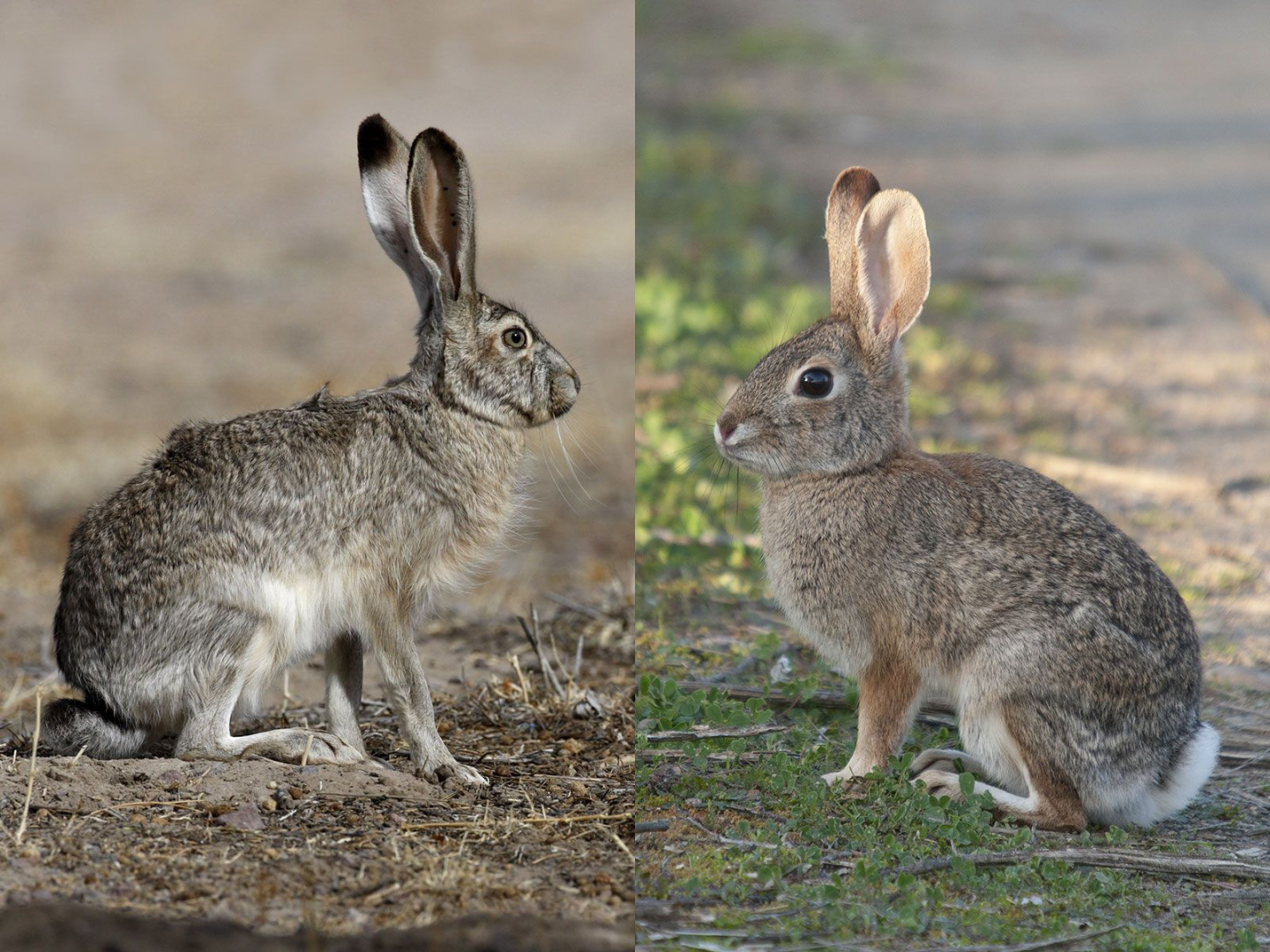Are Hares and Rabbits the Same?
Many people often confuse hares and rabbits, assuming they are the same creature due to their similar physical appearance. However, hares and rabbits are two distinct species within the Leporidae family. While they share some similarities, they also have several key differences that set them apart. Let’s dive deeper into the world of hares and rabbits to better understand their unique characteristics and behaviors.

Physical Differences
One noticeable difference between hares and rabbits lies in their physical attributes. Hares tend to be larger in size than rabbits, with longer legs and ears. Hares also have larger and more powerful hind legs, which allow them to reach impressive speeds of up to 50 miles per hour. On the other hand, rabbits are smaller in size and have shorter legs and ears compared to hares.
Hares also have distinctive physical features that differentiate them from rabbits. For instance, hares have longer and stronger hind feet, which enable them to make impressive leaps and quick turns. This adaptation helps hares evade predators more efficiently. Moreover, hares have sharper claws and longer, stronger incisors compared to rabbits, which are useful for defense and obtaining food.
Behavioral Differences
The behavior of hares and rabbits also sets them apart. Hares are generally solitary animals and prefer to live in open spaces such as grasslands and deserts. They rely on their strong hind legs to escape from predators rather than digging burrows for shelter. Hares are known for their incredible agility and can change direction swiftly to avoid capture.
In contrast, rabbits are more social creatures and prefer to live in groups called colonies or warrens. They construct complex burrow systems underground, providing shelter for themselves and their offspring. Rabbits are also known to be less agile compared to hares, relying more on their burrows for protection from predators.
Reproduction and Life Cycle
The reproductive patterns and life cycles of hares and rabbits also exhibit differences. Hares have a shorter gestation period, typically lasting around 42 days, while rabbits have a gestation period of about 30 days. Additionally, hares are born fully furred with their eyes open, enabling them to fend for themselves shortly after birth. In contrast, rabbits are born hairless, blind, and helpless, relying heavily on their mothers for survival during their early stages of life.
Another remarkable difference lies in the fact that hares can breed year-round, while rabbits have specific breeding seasons. This adaptation allows hares to quickly repopulate in areas where their population has been significantly reduced. In contrast, rabbits have a more controlled breeding pattern, ensuring that offspring are born during favorable environmental conditions.
Frequently Asked Questions (FAQs)
1. Can hares and rabbits interbreed?
No, hares and rabbits cannot interbreed. Although they are closely related and share a common ancestry, hares and rabbits have distinct genetic differences that prevent successful reproduction between the two species.
2. Do hares and rabbits have the same diet?
Hares and rabbits have similar diets, consisting mainly of vegetation such as grass, leaves, and bark. However, hares are known to have a more diverse and flexible diet compared to rabbits, often consuming a wider range of plant material.
3. Are hares and rabbits both nocturnal?
No, hares and rabbits have different activity patterns. Hares are primarily nocturnal animals, meaning they are most active during the night. On the other hand, rabbits are crepuscular, meaning they are most active during dawn and dusk.
4. Are hares and rabbits found worldwide?
Hares and rabbits are found in various parts of the world but are more abundant in certain regions. Rabbits, for instance, are found in Europe, Africa, Asia, and parts of the Americas. Hares, on the other hand, are more commonly found in North America, Europe, and Asia.
In conclusion, hares and rabbits may share some physical similarities, but they are distinct species with notable differences in their physical attributes, behavior, and reproductive patterns. Understanding these differences can help us appreciate the diverse and fascinating world of lagomorphs.
Related Articles…
Copyright Notice:
Images displayed on this website are not our property, but are procured from the internet. If you hold copyrights to any image and wish for its removal, please get in touch with us.